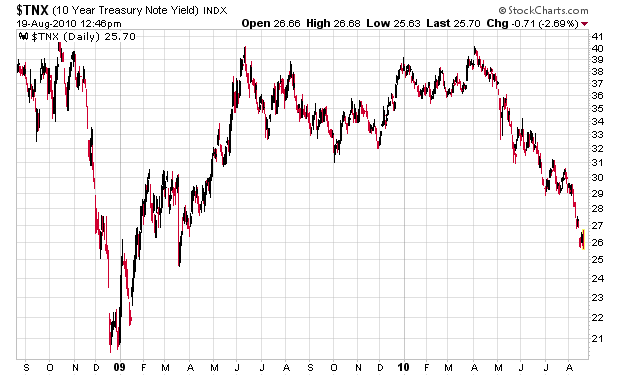Whenever I hear of a publicly traded company, I follow a fairly standard methodology to do some basic research on the firm.
In a perfect world, you try to do research before looking at the share price of the company. The whole idea of the research methodology is to pin down a valuation for the equity (or in some cases, debt) and seeing a stock price contaminates what should be an unbiased analysis. You want to come up with your own valuation, rather than looking at the market’s valuation and then thinking of ways to rationalize the stock price. Unfortunately 9 times out of 10, the first thing I do is pull up the stock quote. I’ve been trying to train myself to no longer do this, but it is really, really difficult to not see a quote attached to an article.
Once I am ready to research, I pull off these documents from SEDAR in this order:
1. If the “nearest” financial report is an interim statement, I pull down the interim financial statements and MD&A document and read them. Doing analysis on this alone is time-consuming, and you look for tidbits in the statement, get an idea of how the company is capitalized and look at the cash situation. If the “nearest” report is an annual one, I read that and the MD&A.
2. Then I read the management information circular, and look at executive compensation scheme, insider ownership, and executive biographies and get a “feel” for who is running the firm, and who is on the board.
Usually by this point, you can come up with a ballpark number and then it becomes irresistible to look at the share price and hence valuation. Which then leaves:
3. Pulling up the stock chart, and then looking at any significant price moves, and then connecting those price moves to various news releases of the company;
4. Reading every news release of the company over the past X years, chronologically, and then looking at the reaction of the stock to what is significant news;
5. Reading the latest annual report (not the glossy version, the dry financial version) with its MD&A, and/or the Annual Information Form, which is also a good document that has information that is not contained in the interim statements;
6. Insider trading is available on SEDI and can influence a decision. While insider selling is not necessarily a negative signal, whenever you see insider buying it gets your attention much more.
7. The company’s website.
Usually by this point you spent many hours of reading and synthesizing information, and should have a pretty good idea as to what makes the company “tick”. Then the next step is to have a sector-wide comprehension and start investigating competitors, and firms up and down the supply chain to get a feel for the economic variables at stake. This is a never-ending process and eventually at some point you cut it off and then make a buy/sell/leave alone decision.
Learning to prune investment candidates at stage #2 is a very good skill to have – I usually set price triggers on those companies, and when the triggers are hit, I get an email and this triggers me to take a second look at the company to see if anything has changed. In the second half of 2008, so many companies were triggering low price alerts that I had a very, very difficult time keeping up with what was literally an avalanche of securities. I probably could have performed better in 2008 had I had more time to look at all the securities that were flashing at me.
Today, there is hardly anything that triggers my low price alerts, so I am using different screens to put some companies on the research queue.
